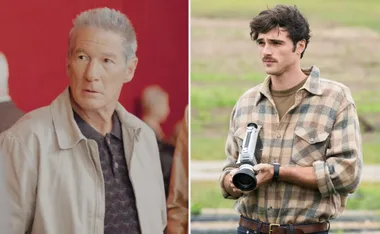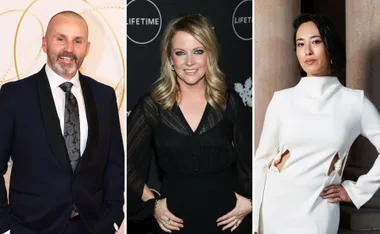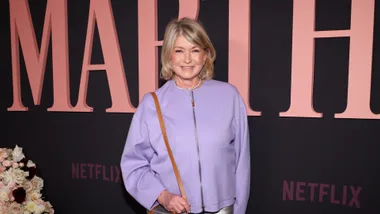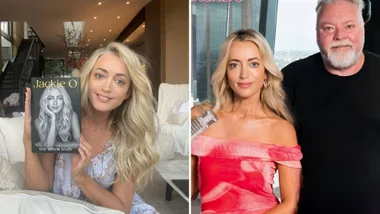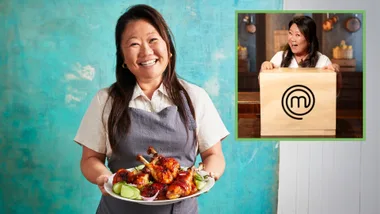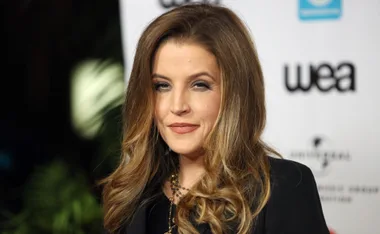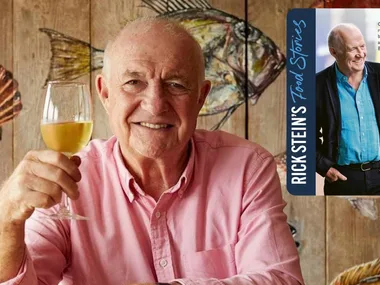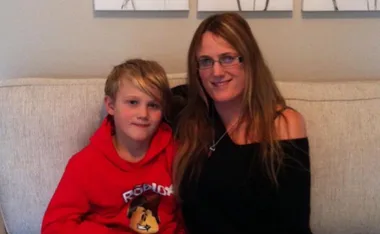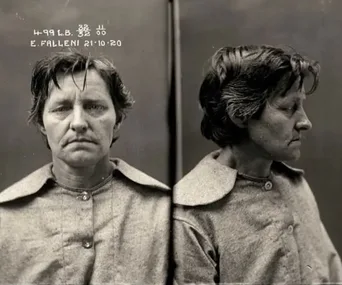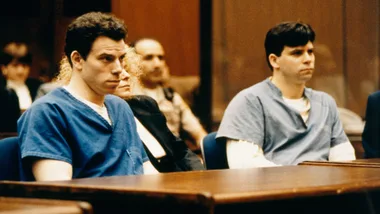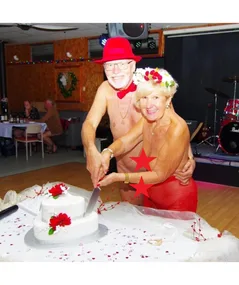More than 1 million copies of the book Change the World for Ten Bucks have been sold internationally. It’s a book that urges people to do small things that make a big difference.
Since its launch, more than 2 million actions have been completed by readers in Australia and New Zealand alone. Sanitarium nutritionist Cathy McDonald takes a closer look.
Most of us want in make a positive difference to the world, but it’s easy to feel overwhelmed by thinking our contribution needs to be big or time-intensive in order to make a lasting difference. The movement We Are What We Do is behind the best-selling book Change the World for Ten Bucks — and they don’t necessarily agree that it takes so much effort. Their guiding principle is: small changes × many people = big difference.
Here are some of the small actions recommended to care for ourselves, others and our planet with regard to food:
Find out where your lunch has come from
The “food miles” in our meals can accumulate very quickly. Check the country of origin of all food items and try to buy fresh produce that’s grown locally.
Have more meals together
Research shows us that families who eat together are more likely to meet their recommended intake for fruits and vegetables than those that don’t. Even if you can’t have a meal together every single night, just try for a few nights each week to begin with.
Plant something
Start with something simple like a pot of basil and add a different herb to the collection each season. It will also help with food miles as you can’t get more local than your own backyard!
Avoid waste
Australians waste around $5 billion worth of food each year. Buying small quantities of food as you need it will help save money because it’s more likely to be used.
Bake something for a friend
Take some time to show the people that care for you how much you care for them. It can be as simple as baking them afternoon tea. With one small step at a time, small changes really can make a big difference.
For more information or recipe ideas contact one of our nutritionists at [email protected].
Your say: What steps will you take to try and make a difference? Share with us below…














.png?resize=380%2C285)
.jpg?resize=380%2C285)



.png?resize=380%2C285)


